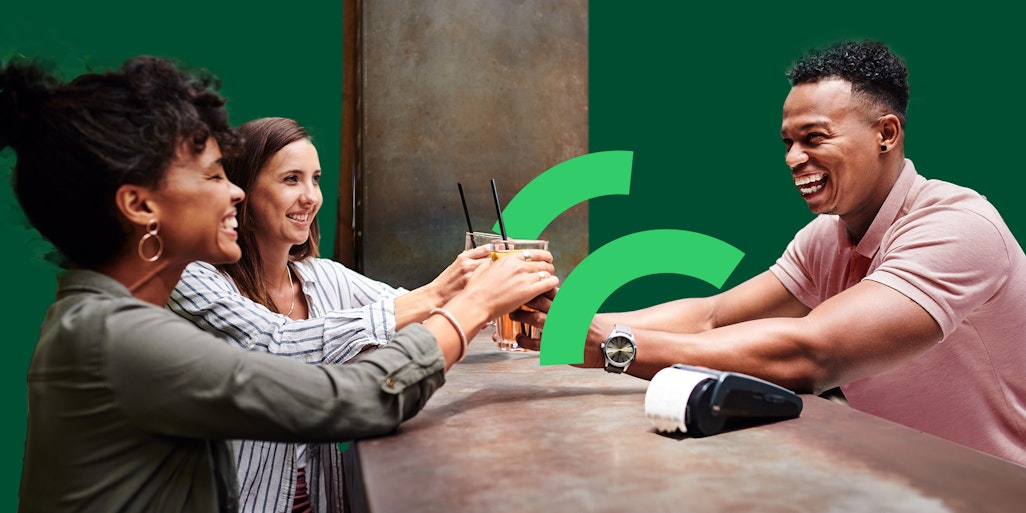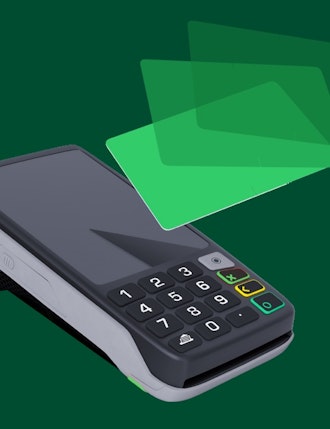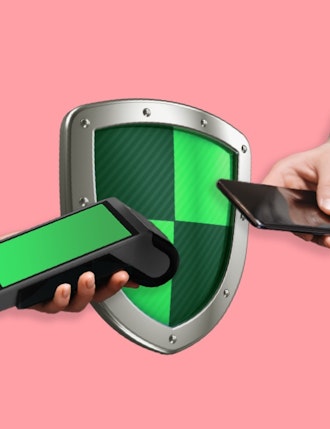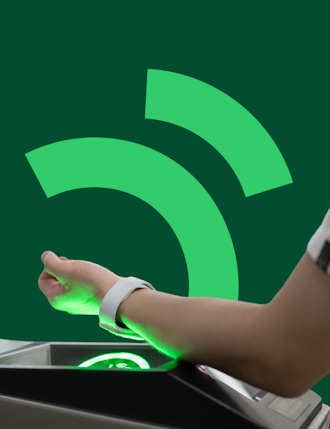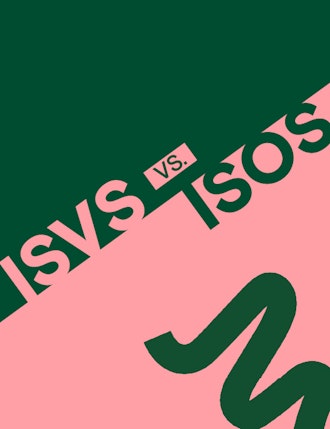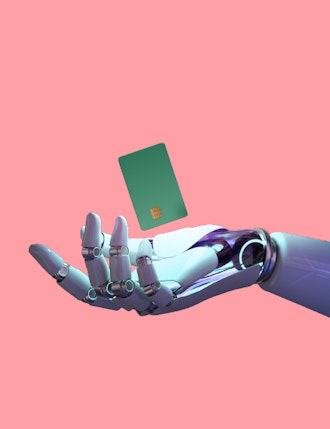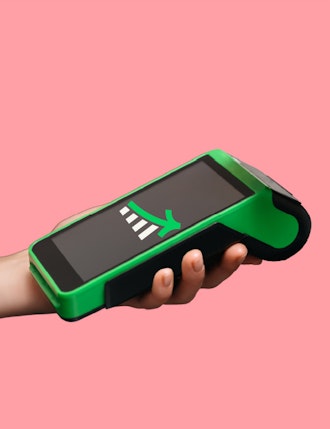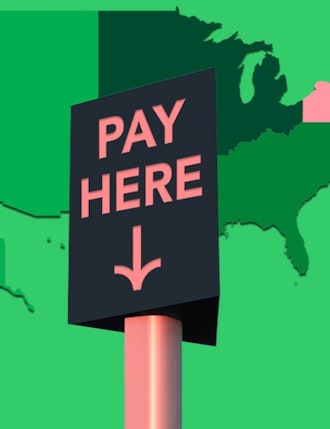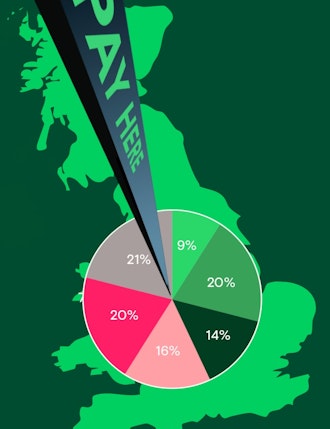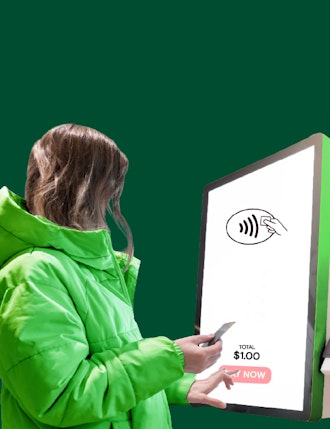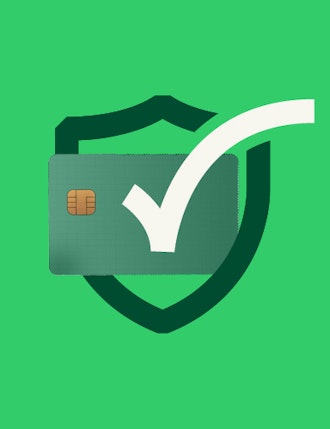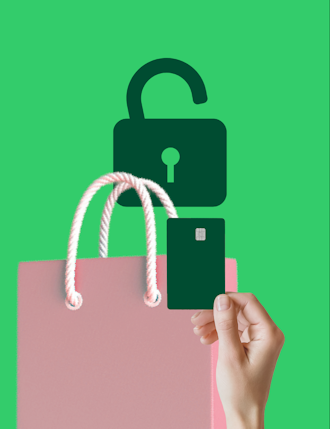Long queues waiting for the bar. Cash transactions. Change. Quick calculations in the early hours of the morning. This is what the nighttime economy used to look like. With customers paying by cash, time at the bar used to take forever. Even the onset of chip and pin still took a while for the customer to put in their pin number and be given their receipt.
An efficient payment solution was required. And it’s now here in the form of contactless payments. Let’s look a little deeper into how contactless payments can help support the nighttime economy and the advantages they bring.
What are contactless payments?
Contactless payment systems are a type of payment method that enables customers to make transactions without the need to swipe, insert or enter their card into a machine. This type of payment method relies on a contactless payment device – whether a card, mobile phone, smartwatch, or contactless payment ring – that uses Near Field Communication (NFC) technology to communicate with the contactless point of sale (POS) terminal.
All the customer needs to do is tap their contactless payment device on the POS terminal. The payment is automatically processed within seconds. In the UK, the contactless payment limit was increased to £100 in 2021. That same year, we also saw contactless payments account for 90% of all credit and debit card transactions.
The advantages of contactless payments to the nighttime industry
Whichever kind of hospitality – whether a bar, nightclub, restaurant, takeaway or taxi, contactless payments offer plenty of advantages to the nighttime economy. They include:
- Fast and efficient payments: Bar staff simply need to key the amount into the payment system and the customer just taps and goes. There’s no handling of cash and the transaction is done in seconds. Staff can then quickly move onto the next customer whilst the previous one can get on with enjoying their night. In fact, contactless payments can be done in as little as 15 seconds and work twice as fast as regular card payments. Contactless interactions can be especially beneficial where patrons may be intoxicated, which can mean staff have to spend even more time interacting with them, potentially helping them manage their cash and coins. Inebriated customers can also struggle to remember just how much cash they’ve got on them, leaving them unable to pay for an order, which represents a loss for the venue.
In addition, removing physical cash from the equation means that for venue owners there are fewer concerns over money being miscounted by staff, or staff even deliberately misappropriating funds. - Counterfeit Currency: Darker or dimly lit environments can be perfect for creating a great atmosphere for customers, but these are also the ideal conditions for people to pass off counterfeit currency, especially where venues might be busy and crowded and where staff are looking to complete transactions quickly and move onto the next customer. Digital payments reduce the amount of coins and notes changing hands, significantly reducing the risk of fakes making their way into the cash register.
- Convenience for customers: People don’t need to worry about carrying cash and their pockets being weighed down by change. If they’re paying on their smartphone for example, they’ll get a notification telling them the exact amount they’ve just spent. This can also be tracked in their app to keep on top of how much they’re spending.
- Smaller queues at busy times: If customers are being served quickly and paying efficiently, this cuts down the potential for big queues when it gets busy.
- COVID safe: Reducing the need to touch cash or devices cuts down the potential transmission of COVID-19. Even when customers were paying with chip and pin, both staff and customers were touching the same POS device. Now there’s no need for customers to touch it.
- No formal processing fees for merchants: This makes it a very attractive prospect for merchants. They can serve more customers quicker and don’t need to pay additional fees.
- Customer loyalty: Customers want contactless payments. They want things to be simple, easy and quick. If nighttime establishments, like bars and restaurants, are offering the customer experience people want, they’re more likely to get repeat loyal customers. And if customers know their taxi firm accepts contactless payments, they’ll be more likely to book again. No one wants to have to jump out halfway home to find an ATM.
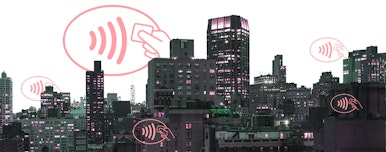
Are there any disadvantages to using contactless payments?
The biggest concern with contactless payments in the nighttime economy is security. With cards for example, all it requires is contactless functionality on the card. The customer simply taps and pays, and there isn’t a security check.
This means that cards that are lost on a night out and then found by other customers could easily be used to pay. The merchant wouldn’t know about the fraudulent activity. Now with the limit raised to £100, it means that substantial purchases can be made in this fraudulent way. The onus is on customers if they lose their card to cancel it immediately with their bank.
This isn’t the case with payments from smartphones for example, which need biometric authentication or the user’s pin code to be activated. They represent a securer solution.
Looking to adopt new payment technologies and seeking a partner to support you?
At Aevi we are passionate about working with our clients and partners in the nighttime economy to revolutionise the industry, bringing them closer to their customers and providing unmatched convenience worldwide. Contact us today to learn more!
Interested in reading more around this subject? Here are some useful articles…
